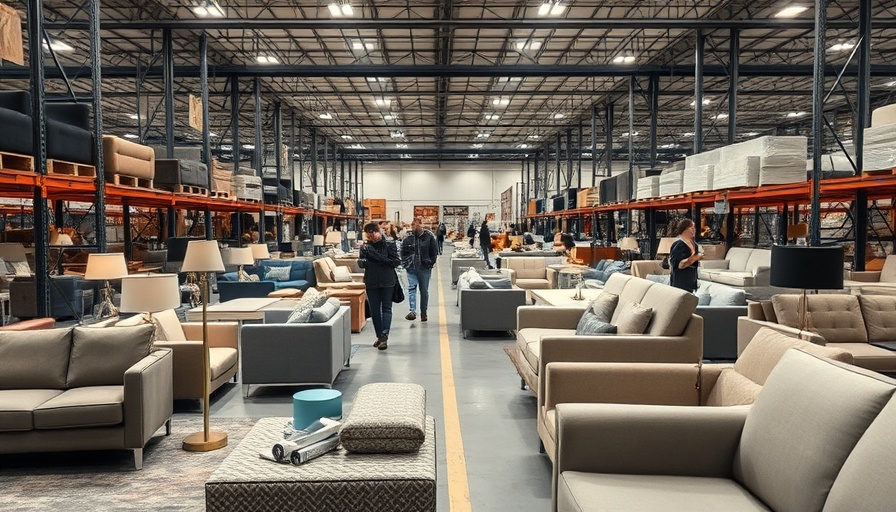
Trump’s Furniture Tariff Plans: A New Chapter in Trade Policy
President Donald Trump has recently announced intentions to impose new tariffs on imported furniture, stirring up the market and igniting conversations about the future of American manufacturing. This comes as part of an ongoing investigation into the furniture market, which is expected to conclude in the next 50 days, according to Trump's statement on his Truth Social platform. Stocks of major furniture retailers took a hit in the wake of this news, demonstrating the immediate impact such policies can have on the market.
What It Means for the Furniture Industry
The proposed tariffs could dramatically reshape the landscape for many furniture companies, especially those heavily reliant on imported goods, such as Wayfair and RH (formerly Restoration Hardware). These companies have been scrambling to diversify their supply chains in response to previous tariffs imposed on other products, including cars and steel. Interestingly, this announcement had a different effect on La-Z-Boy, a company that manufactures the majority of its products domestically, leading to a rise in its stock prices.
The Broader Implications for American Manufacturers
Trump’s push to bring furniture manufacturing back to states like North Carolina and South Carolina plays into a larger narrative about reshoring American jobs. While some may see the potential for job creation, others warn of the risks involved—higher costs could mean increased prices for consumers and possibly reduced sales. Local manufacturers may benefit, but the effects on workers in industries reliant on imports could be significant.
Challenges Ahead for Consumers and Businesses
The timing of these tariffs is particularly troublesome for the U.S. furniture industry. Demand for new household items has already been declining for over a year, and businesses may struggle to adapt to new costs and pricing strategies. The dual challenge of increased tariffs and a decrease in demand could represent a perfect storm, complicating the already precarious situation for furniture retailers.
The Road Ahead: Predictions for Industry Recovery
Looking forward, businesses must prepare for potential regulatory hurdles that accompany new tariffs. The furniture industry’s optimism might hinge on how the next phase of trade negotiations unfolds—not just in terms of specific tariffs but also in creating a more balanced trade climate overall. As lenders and business brokers, understanding these changes could shape your strategies in financing and supporting local businesses.
 Add Row
Add Row  Add
Add 




Write A Comment